October 21, 2018
They brought champagne and kept it chilled. But as the votes streamed in on the night of Oct. 23, 1985, early enthusiasm soon fizzled into disappointment.
The like-minded businesspeople were gathered at the Bessborough hotel in downtown Saskatoon. They all wanted a new multi-purpose arena to be built in the city’s struggling downtown core.
The alternative was to put “Saskatchewan Place” in a remote piece of agricultural land about nine kilometres north of the Bessborough. That idea was championed by the city and some councillors (still dubbed “aldermen” at the time.)
“The first few polls suggest it’s going to be close,” a leader of the pro-downtown camp, Marc Baltzan, said as the votes came in.
[WATCH BELOW]
Supporters of a downtown Saskatoon arena back in 1985 await the results of a vote that would ultimately have SaskTel Centre built in its present northern location. (CBC)
Meanwhile, supporters of the more northern site were gathered at the Travelodge, located north of the downtown core. Even the choice of vote-viewing venue reflected the political battle lines of 1985’s Great Arena Debate.
“This was a classic contest between those who wanted to improve the downtown core and those who were more interested in the ‘burbs,” says Pat Lorje, who was a city councillor at the time.
Henry Dayday, who sat on council with Lorje, disagrees. “It became a matter of cost for the land,” he says.
The Travelodge troupe proved triumphant. More than 34,000 Saskatoon residents voted for the northern option, compared to 18,550 who sided with Lorje, Baltzan and other downtown defenders.
Saskatchewan Place, now known as SaskTel Centre, opened its doors to a beaming Mayor Cliff Wright and the Saskatoon general public in 1988.
“Halfway to North Battleford,” says a still-skeptical Lorje.

'Barren and uninviting'
What’s old is new again.
The arm's-length corporation that runs the city-owned SaskTel Centre says the arena — home of the Saskatoon Blades, the Saskatchewan Rush lacrosse team and bursting-to-capacity concerts — is past its prime.
Many top acts have passed it up and it’s feared more will in the future.

Garth Brooks came in 2016 and generated $10 million in spin-off business for Saskatoon.
But it took three years of negotiation.
“We almost didn’t get Garth Brooks because of the height of our rigging [system],” SaskTel Centre CEO Will Lofdahl told current city councillors last March.
'We almost didn't get Garth Brooks.' - SaskTel Centre CEO Will Lofdahl
Then there’s the location. “Barren and uninviting” is how a consultants’ report commissioned by SaskTel Centre arena put it.
“That’s really the thing that I think is holding that building back, even more than the facility itself," said one of the consultants, David Greusel. “It’s [close] to the airport, but not really near anything else in Saskatoon.”
The 30-year-old building is “dated,” the report added, “without the dramatic glazed architectural concourse or entry lobby common to contemporary venues.”
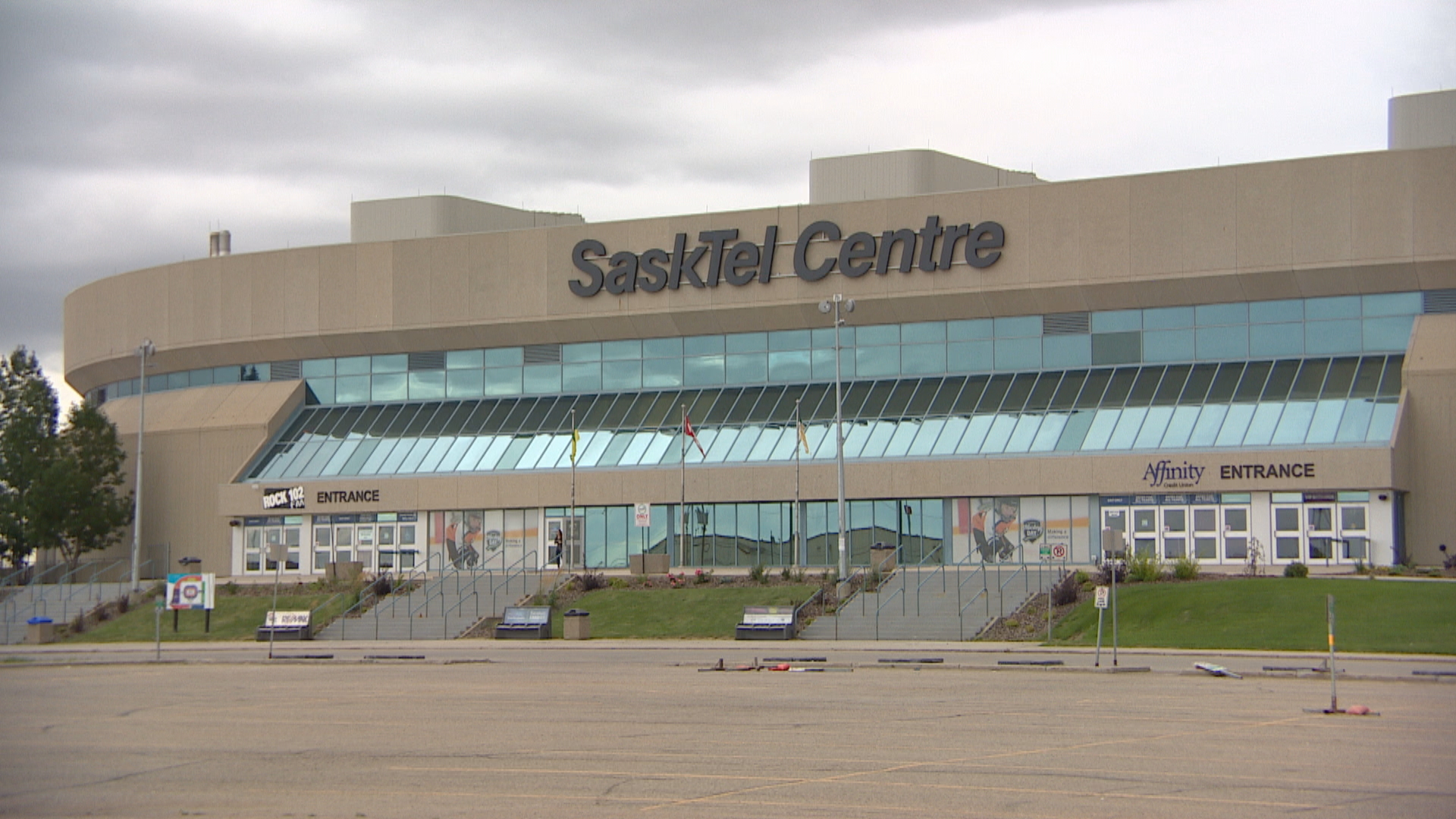
Throw in a roof that needs replacing, undersized concourses, small seats, limited concession space, corroded water pipes and backstage cooking areas smaller than some home kitchens and you have the latest case for why Saskatoon needs a new arena.
“Everything is aging out,” said another consultant, Rich Schmidt.
“The status quo is not an option,” echoed yet another consultant, Lyle Hall.
Revolving (rink) door
Saskatoon has been here before.
The city has been making over its premier skating site again and again over the last century.
The Auditorium Roller Rink, located downtown on the north side of the South Saskatchewan River, had hardwood flooring and a suspended bandstand. It doubled as a curling rink. But it burned down in 1914, after only four years of operation.
Its replacement, Crescent Rink, lasted a little longer. Built nearby on Spadina Crescent in 1920, it was torn down in the early 1930s to make way for the Broadway Bridge.
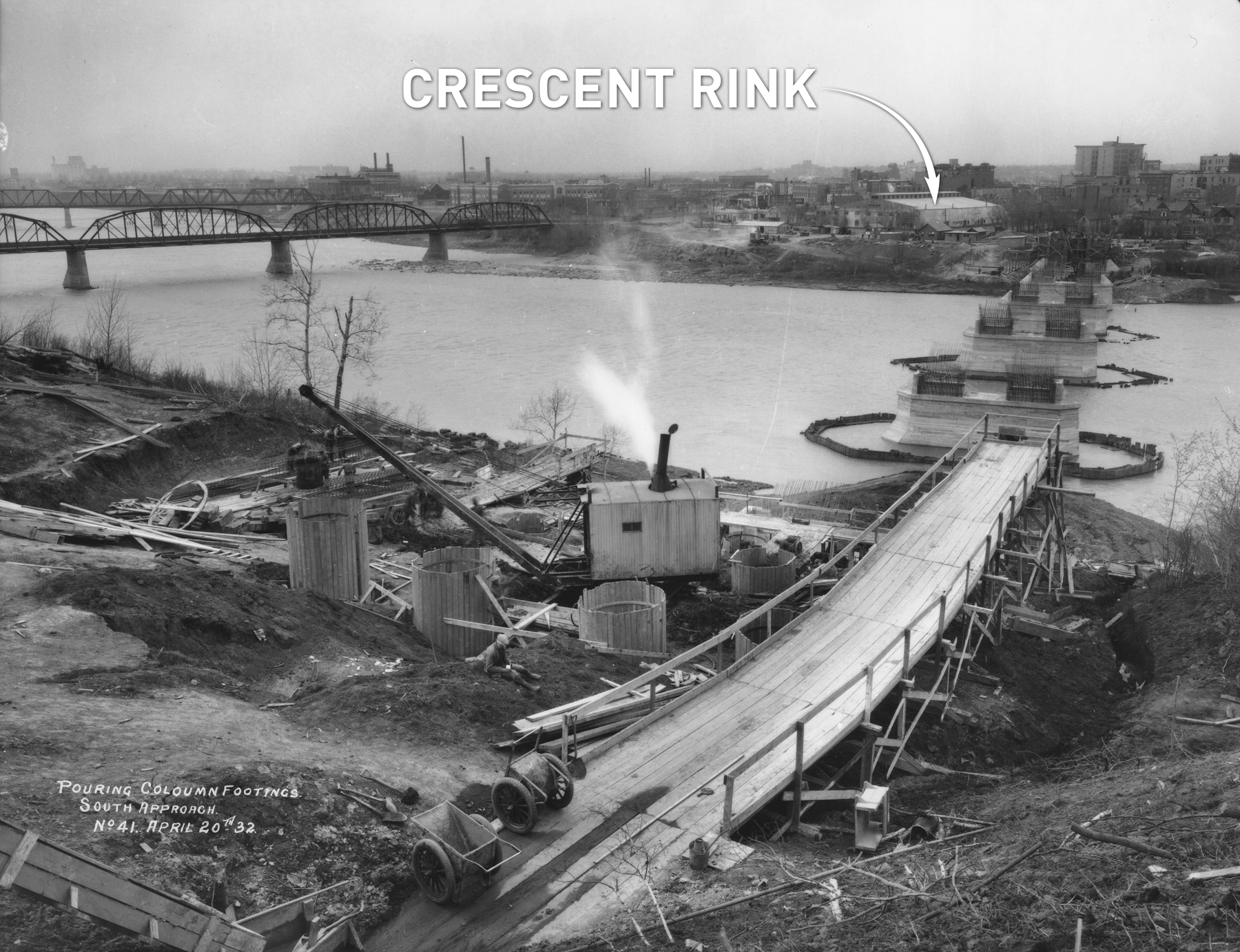
Then came Saskatoon Arena in 1937.

Located by the corner of 19th Street and First Avenue, just north of today’s Remai Modern Art Museum, the combined artificial ice rink and auditorium was financed in part with public shares.
“Have you done your bit?” one sign asked Depression-era Saskatoonians. “Shares 10¢."
Over the next 50 years, the arena hosted everything. The Saskatoon Quakers, a forerunner to the Blades hockey team, played home games there.
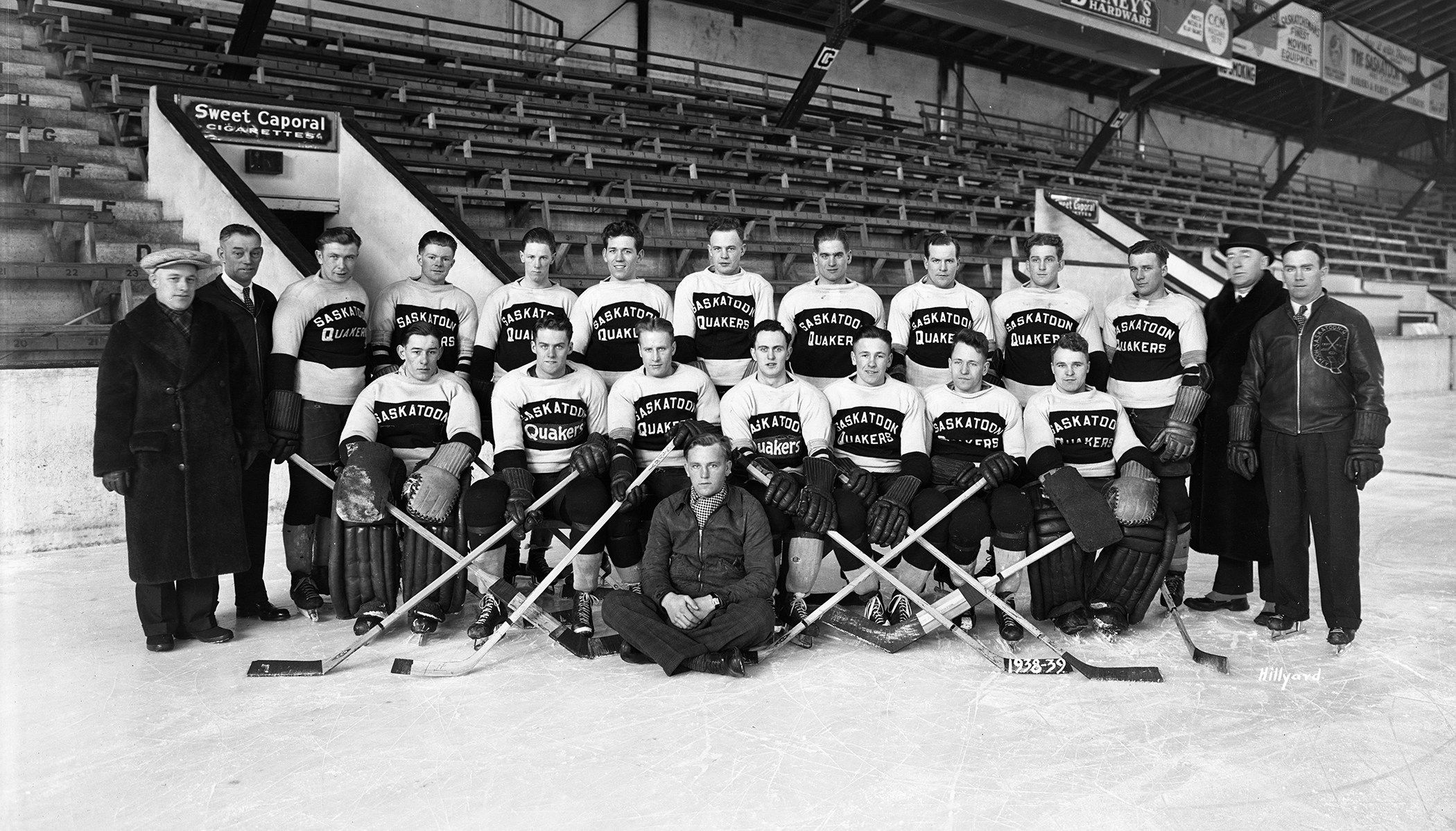
There were beauty pageants, political rallies, Bret “The Hitman” Hart’s first professional wrestling match and a packed 1973 audience for visiting Canadian TV Christian evangelist Terry Winter.

By the early 1980s, Saskatoon Arena was showing its age.
“Many people felt that capacity was too small and was old and the downtown could be used for other structures,” says Dayday.
In 1984, fellow councillor Donna Birkmaier asked for a study comparing the relative merits of keeping the arena open versus building a new one.
[WATCH VINTAGE FOOTAGE OF THE ARENA]
CBC News footage of the arena from the time.
She was worried the city was touting itself as a convention destination without adequate space to host such events.
Council nixed the study. Instead, 10 months before the 1985 municipal election, Mayor Cliff Wright tantalized councillors with talk of outside money for a new arena, saying nothing about its potential source.
Wright then secured council’s support for the city putting in $10 million of its own funds.
But the question of where to put the arena remained.
Fighting an 'exodus to the suburbs'
Lorje, a city councillor at the time, says she thought then and thinks now that Saskatchewan Place should have been built downtown.
“We were struggling, trying to ensure that the downtown core wouldn’t be flattened out,” she says. “There seemed to be a major exodus to the suburbs.”
Dayday headed a four-person committee tasked with recommending an arena location. They looked at three sites:
- The city yards, which remain the subject of dashed development hopes to this day.
- The grounds that currently host the Prairieland Park convention centre.
- The northern site, known back then as Agriplace, where SaskTel Centre now stands.
Agriplace, owned by the provincial government, was originally meant as a one-stop agriculture centre anchored by several farm instrument dealers.
Jack Klein, the Saskatchewan minister in charge of the Crown corporation that owned the land, was not shy about voicing his preference at the time.
“Look at other cities [with downtown arenas],” he said. “Look at Maple Leaf Gardens in Toronto. It’s a joke.”
By this point, Wright had clarified that it was the Saskatchewan government that was willing to kick in $12.5 million for a new arena. The final cost would be $26.1 million.
'The pot's been stirred'
Dayday was joined on the committee by city councillors Kate Waygood and Howard Nixon, plus Mayor Wright.
Within three months, the committee decided on Agriplace. The decision galvanized an opposition. As downtown businessperson Derek Arnold put it at the time, “The pot’s been stirred.”
Waygood disassociated herself from the rest of the committee and questioned the need for speed. She wanted more answers on why the city yards didn’t make the cut.
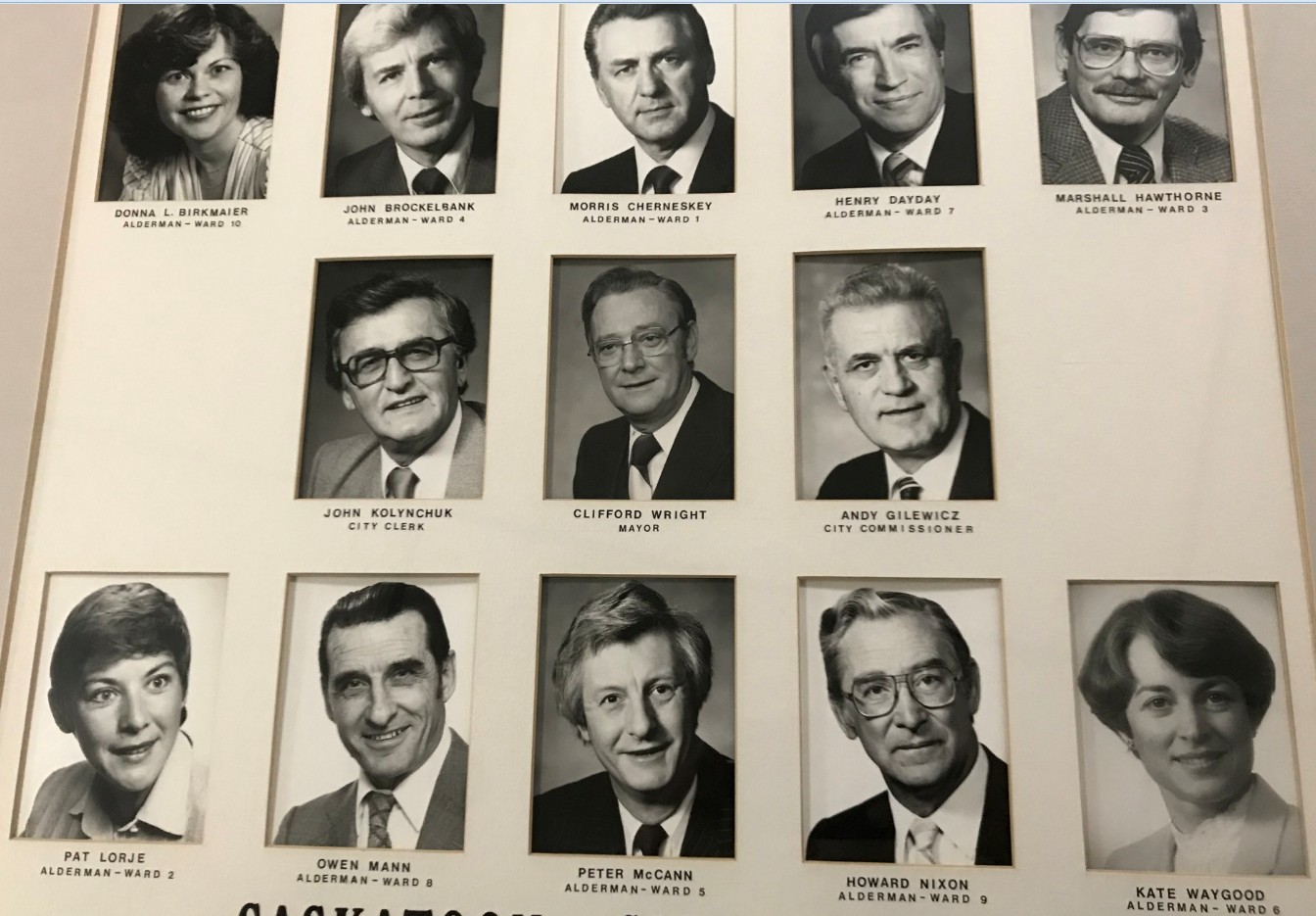
City planner Bert Wellmann said building at the yards would be delayed by the need to tear down existing buildings. The city wanted to begin construction by the end of the year.
A Downtown Option Association stepped up its campaign in favour of building the arena at the site of the shuttered A.L. Cole power plant, where the River Landing development sits today.

The association hired an architect, Gary Marvin, to create a rival model and architectural plan. Marvin got a chilly reception when he showed off his designs at city hall.
[WATCH THE TESTY EXCHANGE]
A rival arena plan gets a chilly reception at city hall. (CBC)
“I want to know your competence to make these statements,” Nixon glared at Marvin.
“I didn’t realize I’d have to present a C.V.,” Marvin shot back.
The city’s position was that building at Agriplace would be cheaper than any other option. A.L. Cole’s history as an industrial site, for example, meant remediation costs would leave less money for actual arena construction costs.
City council finally voted 6-5 in favour of Agriplace, with Wright casting the deciding vote.
[WATCH THE PUBLIC REACTION BELOW]
On the street: what people thought. (CBC)
Public reaction among downtown pedestrians was mixed.
“You’d never get out of the city for hours,” said one civilian wary of traffic coming from a downtown arena.
“What the hell good is it way out there?” another resident said of Agriplace.
Decision time
The association had a fallback plan. Marc Baltzan presented the city with a petition signed by more than 16,000 residents who wanted the public to decide between the A.L. Cole site and Agriplace.
By law, it was enough to force the city to hold a plebiscite on the arena’s location in tandem with the Oct. 1985 municipal election. That led to the public vote that left Baltzan and other downtown supporters crushed.
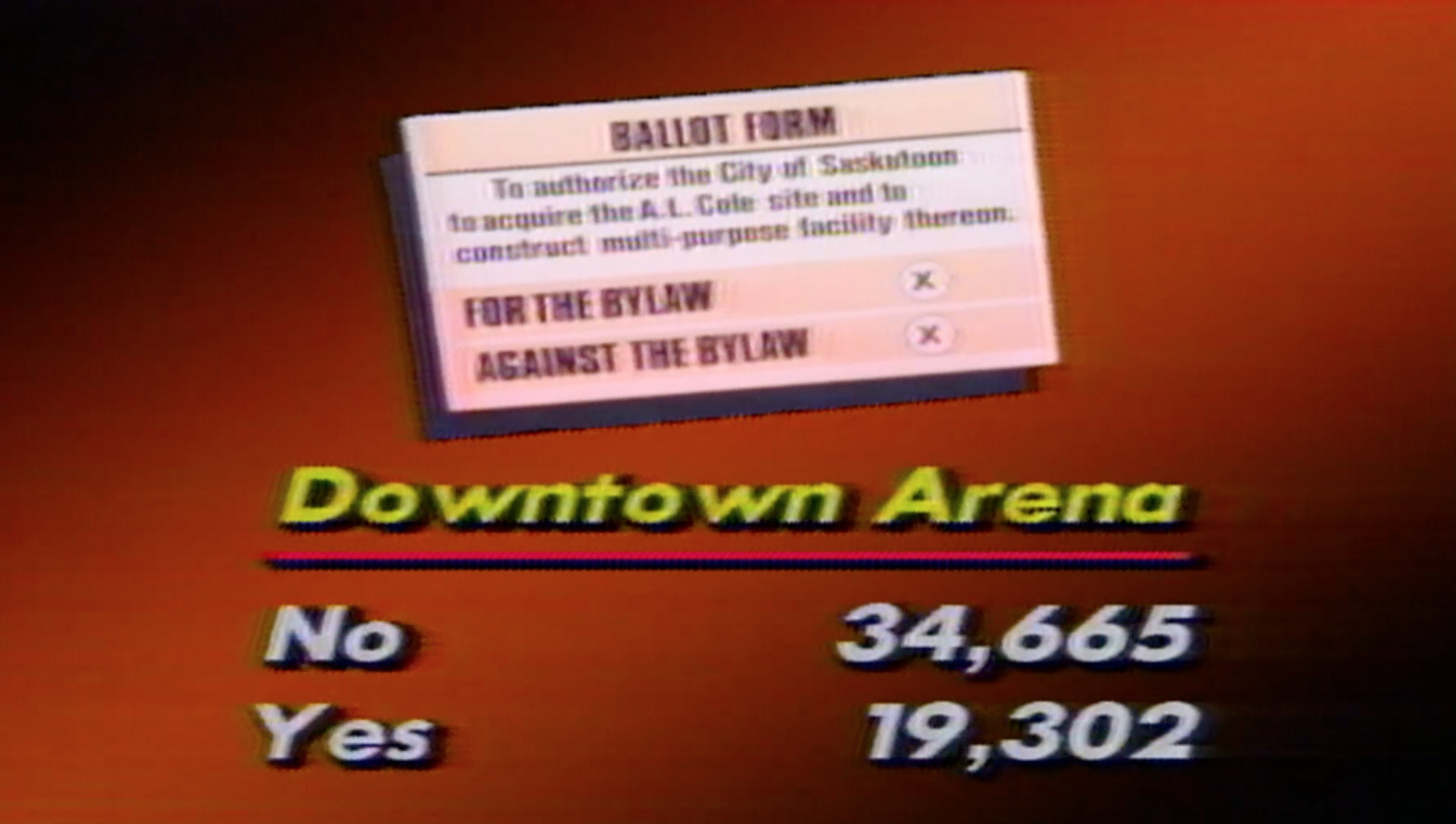
“We gave it our best shot,” said Baltzan.
Lorje was by her husband's bedside in the hospital that night. He’d recently been diagnosed with terminal cancer.
“It was a hugely emotional time for me,” she says.
Tensions lingered for months after the vote. Councillors like Waygood and Lorje still questioned the plan to move ahead with the Agriplace location. The atmosphere grew testy during one particular meeting.
Lorje, in a calm and measured voice, claimed “a lack of trust and a lack of confidence in the planning department.”
“You're being biased!” barked another councillor.
[SEE FOR YOURSELF BELOW]
Councillor Pat Lorje faces an accusation of bias.
A contested legacy
Saskatchewan Place opened in 1988. Mayor Wright waved spiritedly to the crowd waiting for the Blades to take to the ice for their inaugural game.

Saskatoon Arena was demolished the following year.
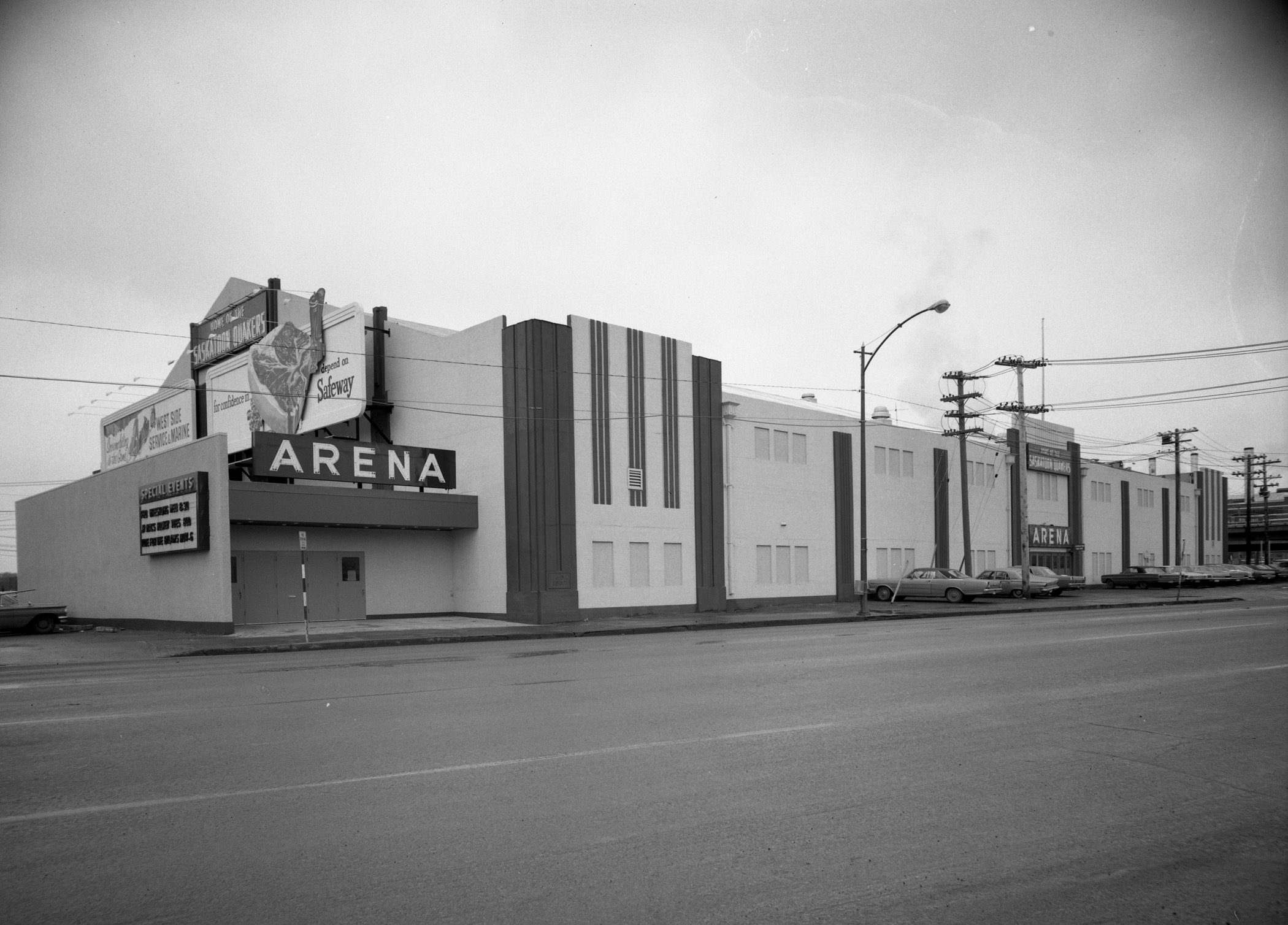
SaskTel Place has proved as versatile as its 52-year-old predecessor. The 15,000-seat arena has hosted everything from a four-day visit from American preacher Billy Graham (“It was packed!” remembers Dayday) to Bret Hart’s claiming of the World Wrestling Federation championship belt in 1991…

….to last year’s lavish Canadian Country Music Awards.

Traffic flow remains a complaint. The highway leading to the arena is sometimes congested before show time.
“I mean, just try and go to a Rush game,” says Lorje. “You can’t be in a rush to watch the Rush.”
The corporation that runs SaskTel Centre says it has made some tweaks in recent years that have allowed people to reach the parking lots 20 to 25 minutes faster than before.
'Absolutely the wrong place'
Dayday and Lorje remain as divided as ever about the arena’s legacy.
Lorje says she feels “vindicated” now that consultants say a downtown arena is best.
“I think that we built a good building at the time, but we built it in absolutely the wrong place,” she says.
Dayday maintains Agriplace was “the right call.”
“We would not have been able to build SaskTel as it is with 15,000 seats downtown,” he says. “We wouldn't have had the money.”
He says he still hears complaints from people about where the arena was built.
“And I say, ‘But you voted on it!’”
This story was written based on CBC TV reports and newspaper articles of the time, archival photo information plus present-day interviews with Henry Dayday and Pat Lorje.
CBC Saskatoon is hosting an event on the night of Oct. 23, 2018, the 33-year anniversary of the plebiscite vote. The event will ask, "Should Saskatoon build its next arena downtown?" Stream the discussion live at www.cbc.ca/saskatoon starting at 7 p.m. CST.
Reach Guy with your comments or memories at guy.quenneville@cbc.ca
